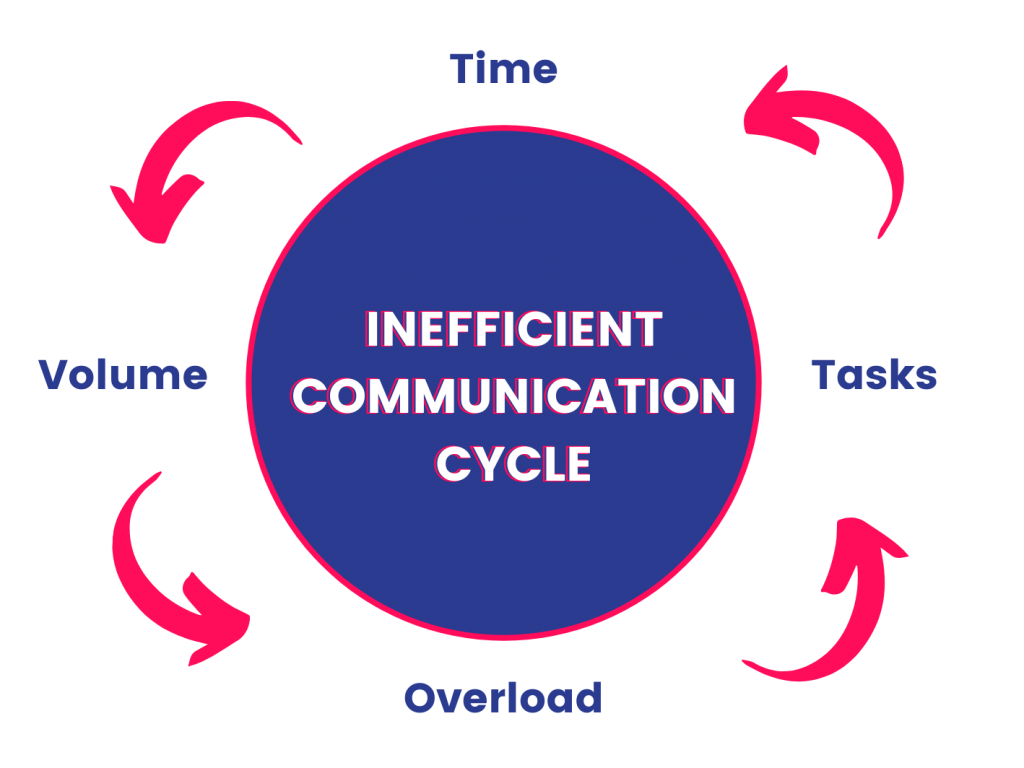How to create an effective communication strategy for your candidates
Jaime Ramos
In recent years, communication workflows have become one of the main recruiting strategies for businesses during the hiring process. Having quality follow-ups with candidates from beginning to end in the recruitment process, proves to increase candidate satisfaction and conversion rates.
Top 3 reasons why building a communication strategy for hiring is essential today:
Talent market competitiveness: Companies today are investing their focus on end-to-end candidate experience during the recruitment process, because in the competitive talent market that exists today, these humanized and personable actions make all the difference. Communication strategy plays a big role in this candidate-centric journey.
Humanization is here to stay: With the growth of artificial intelligence and other recruiting technologies, the need to humanize these overly “robotic” processes has also grown.
Time to fill is decreasing: Time to fill indicators have been decreasing for recruiters over the past year, as competition in the market grows. Communication strategies play an important role in helping you convert candidates through your hiring funnel in less time. If a candidate goes days without hearing back from you, they will most likely join a competing company that offers faster turnarounds.
In addition to the important points above, there’s more data that shows how the lack of effective and humanized communication strategies can even harm your employer brand:
- More than 84% of candidates expect to hear feedback at the beginning of the application process
- 72% of applicants share their recruiting experiences with the public – friends, family, or through social networks.
- 84% of candidates believe that a negative application process experience directly affects the company’s reputation.
Why do some many HR teams fail to create an effective communication strategy for their candidates?
The three main factors that hinder companies from having a good communication strategy with applicants are: Volume, Overload, Tasks and Time. The lack of balance between these three variants ends up generating an overload of roadblocks that results in poor communication with candidates.

Volume: The high volume of candidates for a position ends up consuming a lot of the team’s time and requiring more work from the recruiter.
Overload: Without smart automations, the high volume can end up overloading the team, which needs to perform their tasks manually.
Tasks: Manual tasks with high volume applications are factors that can influence your process in a negative way.
Time: All these factors combined results in stretching your team out, ultimately affecting the implementation of an efficient and humanized communication strategy with your candidates.
All these issues stem from a lack of adoption in automation and innovative technologies that help your hiring process. At Plooral, we solve the communication strategy problem by providing innovative and automated features that streamline recruiting from beginning to end, while keeping it as humanized as possible for candidates.
What do candidates expect from companies in a recruiting process?
Communication and feedback! Candidates today expect personable messages from recruiters once they begin an application process. Communicating each stage of your hiring process, providing pre-established timelines of what is going to happen in the next weeks, and establishing a real-time notification system, are different ways to approach the candidate with transparency, and cause a positive impact in their overall application experience.
These communication strategies will also leverage your employer brand, increasing your popularity amongst great talent in the market.
So how do you put together an awesome communication strategy?
Plan which stages in your hiring funnel you should reach out to candidates: With Plooral, this whole process is automated! Just drag the candidate to their application stage and a personalized message can be sent to them automatically.
Plan on the type of updates you’d like to give your candidates: This may include application status changes, interview scheduling, feedback on hiring manager’s timelines etc.
Maintain personable and uniform communication styles amongst all hiring teams: Make sure everyone who has direct contact with candidates maintains their messages as uniform and personable as possible. Don’t forget, personable does not mean unprofessional! Personal messages must include the candidate’s first or last name and unique information regarding their application process.
Disqualified candidates shouldn’t be left out: Rejection messages should come with feedback on why the applicant wasn’t a great fit for the position. Make it extra special by adding tips on how they can improve for next time. Always keep your doors open!
Treat your candidates as clients!
Keep a client-focused mindset when it comes to communicating with candidates. Your applicants deserve the same kind of respect, understanding and empathy that a paying client in your company receives. This means, keep consistency, efficiency and kindness in your communication strategies.
Be available to your candidates!
Candidates want to be recognized and heard and may have many questions for you while they go through your company’s application process. This is why it’s important to have an open and direct communication channel for your applicants. With Plooral, you can manage your own candidate inbox directly on the platform, or have it shared with your corporate inbox, making it easier to reply to and organize messages. In the platform you can also see when candidates have received, read or not read your messages, making messaging as transparent as possible.
Lastly, don’t forget to keep your communication consistent with candidates!
- Investigate what is and isn’t working in your communication strategy and what may be negatively impacting your candidate’s experience.
- Ask candidates for feedback during or after their application process so that you can always improve your hiring strategies based on your candidates’ experience.
- Use similar patterns and tones to create message templates. With Plooral, you can create unlimited message templates and activate them to different stages in your hiring funnel.
How we can help:
With Plooral, you can create automatic message templates, add communication triggers, tag hiring managers, manage your own inbox, organize all of your communications with our KanBan view and more! Contact one of our specialists to learn more about how we can help you build your own communication strategy.
.

